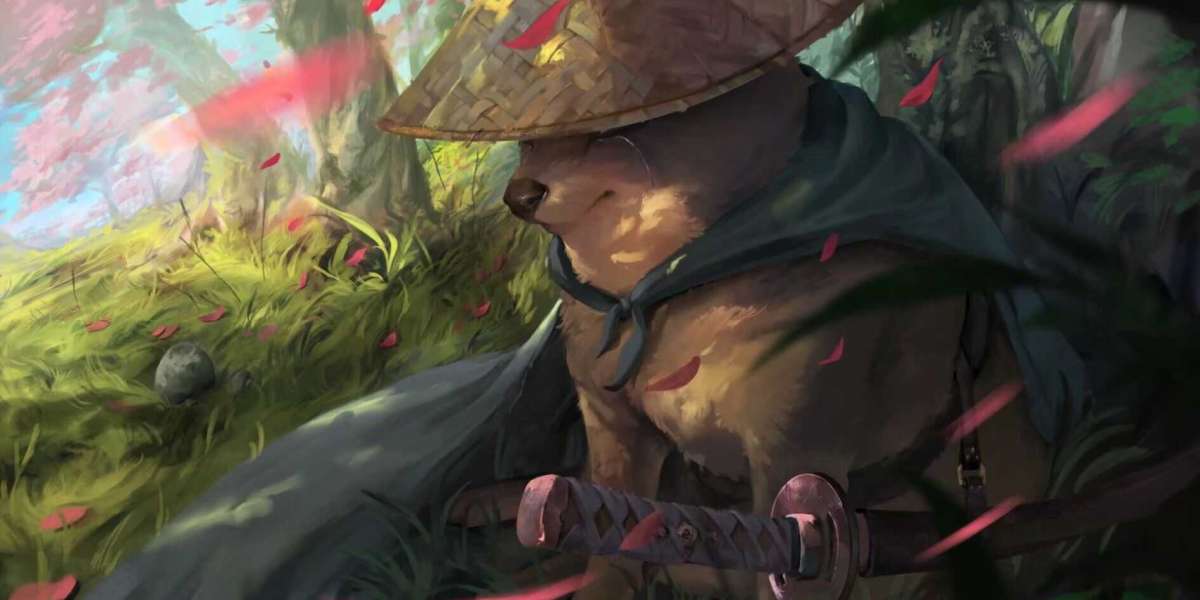1. Yunnan’s Six Famous Tea Mountains
| Mountain | Elevation | Signature Flavor | Rarity |
|---|---|---|---|
| Bulang | 1,800m | Smoky, bitter → sweet | High (old trees) |
| Yiwu | 1,400m | Floral, honey-like | Premium priced |
| Menghai | 1,600m | Earthy, bold | Most commercial |
Fun Fact: Some wild arbor trees are 1,000+ years old—their leaves sell for $500/pound.
? Discover our Single-Mountain Pu-erh Collection.
2. What Makes Yunnan’s Terroir Special?
Soil: Iron-rich red clay adds mineral depth.
Climate: Day-night temperature swings boost sugar content.
Biodiversity: Tea trees grow alongside camphor/wild orchids (imparting aroma).
Terroir Test: Compare a Bulang (bold) and Yiwu (gentle) Pu-erh—same tea type, wildly different tastes!
3. Tree Age Matters: Cultivated vs. Ancient
Plantation Bushes (台地): Under 60 years, uniform flavor.
Arbor Trees (乔木): 100-300 years, complex layers.
Old-Growth (古树): 500+ years, lingering "hui gan" sweetness.
Spot Fake "Gushu": True ancient tree tea has irregular leaf sizes.
? Learn more in our Old Tree Tea Guide.
4. How to Taste Terroir Like an Expert
Dry Leaf Smell: Yiwu = floral, Bulang = tobacco.
Liquor Color: Older trees = darker gold.
Aftertaste: High-elevation tea lingers 10+ minutes.
Pro Tip: Brew the same tea in spring vs. mineral water—terroir notes amplify!
Conclusion
Pu-erh terroir turns tea into time travel—one sip transports you to Yunnan’s peaks. Taste the difference with our Mountain-Origin Pu-erh Set.








